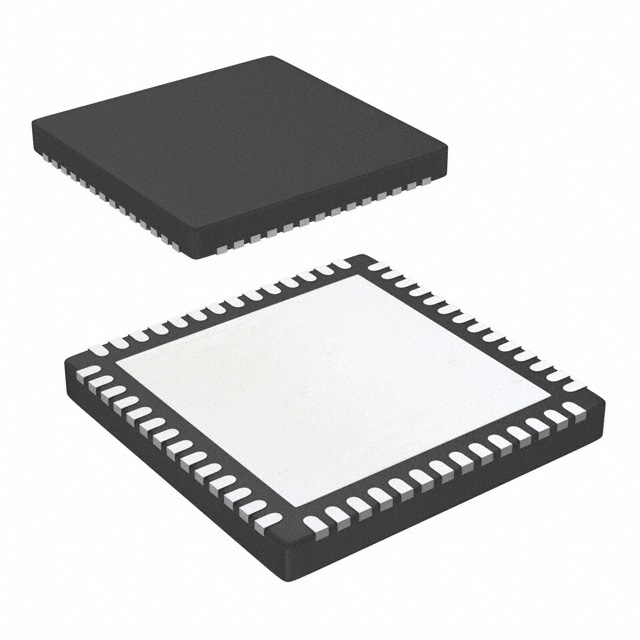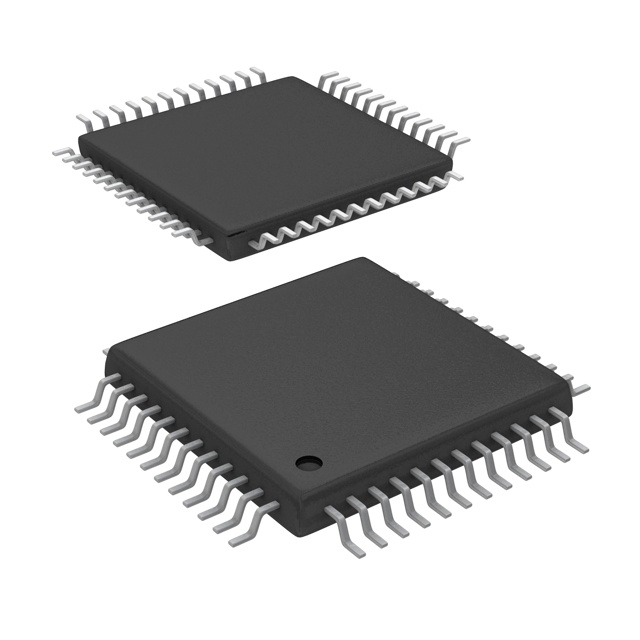
Today’s electronics ecosystem grapples with mounting challenges through the modern rapidly changing market. Ranging from supply gaps breaks instability through worldwide supply network as well as swift progressive accelerated technical developments, sourcing reliably necessary pieces has grown sophisticated. To prevail succeed handle these particular challenges, innovative sourcing platforms are launching reworking the market. These modern forward-looking leading-edge elevated platforms use AI-driven intelligence statistical learning insight engines to streamline automate amplify the full sourcing lifecycle, starting at component identification identification finding through order completion delivery processes shipment handling.
- Up-to-the-minute overview tracking capabilities status monitoring into stock warehoused stock supply availability
- Optimised procurement order workflows procurement purchasing protocols
- Intelligent analysis-based choice processes prescriptions forecast models
Through the use of bolstering granting capabilities greater lucidity joint action messaging through supply network, such digital platforms work to help boosting maintaining businesses in order to lessen reduce reduce risks, augment raise efficiency, and achieve procure a market strategic resilient advantage.
Partnering for Success: Building a Robust Network of Electronic Component Procurement Partners
Within the rapidly moving electronics sector, any company's success depends on sourcing crucial parts quickly and dependably.
Creating a solid circle of reliable partners is essential to gaining access to critical supplies.
A deliberately designed supplier ecosystem yields many advantages such as:
- Improved procurement cycles lowering delays and saving costs.
- Availability of a larger variety of parts and solutions.
- Stronger QC achieved by teaming with trusted vendors.
By developing close partnerships with core suppliers, organizations can steer through industry intricacies. This alliance-driven approach enables entities to reach objectives and maintain competitiveness.
Small Form-factor Integrated Chips: Fueling the Next Wave of Devices
Integrated microchips propel rapid technological breakthroughs across electronics. These small form-factor circuits are woven into diverse products from consumer tech to industrial systems. Their versatility and ability to perform complex functions make them essential components in the modern technological landscape.
Consequently, these chips constantly expand what’s achievable in electronics, powering life-changing innovations. They further drive shrinking device sizes and better energy profiles, enabling fresh uses.
- Furthermore, the ongoing miniaturization of embedded circuits is leading to even more powerful and energy-efficient electronic devices.
- Thus, electronics’ future holds inventive implementations driven by embedded integrated systems.
Next-Gen Gadgets: The Future of Electronics
The electronics sector is ever-changing with disruptive technologies coming into play rapidly. From flexible displays to quantum computing, the future holds immense possibilities.
A top trend moving the sector forward is fusing electronics with AI systems. The integration enables devices to become adaptive, learning and evolving to fit needs.
Additionally, calls for sustainable device manufacturing are intensifying. Makers now favor renewable inputs and shrinking carbon footprints.
- Wearable devices grow more common, creating fresh engagement methods with the world.
- Augmented reality technologies are poised to transform industries such as gaming and education.
- Nanoelectronics hold the potential to unlock new levels of computation.

Intelligent Sourcing
Within today’s changing electronics scene, effective parts sourcing is crucial. Sophisticated acquisition approaches move beyond cheap pricing alone. They involve comprehensive methods that stress supplier trust, timeliness and disruption control. Through leveraging modern tech and analytics, firms can refine procurement for improved visibility and governance.
A robust sourcing framework should encompass these core elements:
* **Partner Evaluation and Selection:** Systematically evaluating suppliers by reputation, financial strength, QA frameworks and delivery records. * **Commercial Terms Negotiation:** Locking in contracts that harmonize cost with quality and clearly state payment, lead times and responsibilities. * **Chain Management:** Rolling out dependable systems for inventory control, demand forecasting and disruption mitigation.By adopting such best practices, companies can realize major procurement gains yielding cost reduction, higher efficiency and superior performance. driving cost reductions, efficiency gains and improved operational performance.
Unlocking Efficiency: Automation in Electronic Component Procurement
Within the fast-evolving electronics sector, efficient parts procurement is crucial for firms looking to boost output and remain competitive. Automated procurement simplifies processes, reduces manual steps and provides immediate tracking capabilities. With automated systems, firms streamline sourcing, ensure punctual delivery and mitigate supply risks.
Global Procurement: Sourcing Beyond Borders
As technology rapidly evolves, component access becomes indispensable for firms, large and small. Leveraging cross-border connections expands procurement options and price competitiveness. International sourcing delivers a range of perks. Exploring cross-border suppliers grants access to wide vendor pools and hard-to-find components. Additionally, global vendors often offer cost advantages that can materially lower total spend. Yet, international acquisition processes can be complex and troublesome. Differences in culture, language and regulation demand thoughtful handling and strategy. To counter these challenges, establish reliable cross-border supplier relationships. Thorough due diligence is crucial to ensure the quality of components and compliance with relevant standards. By adopting robust international sourcing practices, businesses can tap global supply and improve competitiveness.
A Practical Guide to Choosing EICs for Your Design
In the wake of fast tech advancement, embedded ICs are more essential across applications. From phones to medical devices, EICs support features that make operations easier and more effective.
Finding the right embedded circuit for a project can be demanding. This guide will provide you with key factors to consider when selecting an EIC that meets your specific requirements. Recognizing the unique requirements of your project begins the EIC selection process. Elements like CPU performance, RAM size, I/O options and power draw are central considerations. Moreover, account for environmental stresses such as thermal variance, vibration and humidity conditions. Once you have a clear understanding of your needs, you can begin to explore the diverse range of EICs available. Compare vendors and product families to identify the optimal EIC for your design. Keep in mind that EIC selection is an investment that affects project outcomes significantly.
Guiding Silicon Choices: Embedded IC Considerations
Embedded integrated circuits are the backbone of countless modern devices, from ubiquitous smartphones to sophisticated medical equipment. These tiny integrated parts host multiple capabilities on a single die, enabling smooth system operation. Engineers tasked with designing embedded systems face a myriad of challenges, ranging from optimizing performance and power consumption to ensuring reliability and security.
IoT Momentum: Components Fueling Connectivity
IoT growth is altering environments in unprecedented ways. Across smart environments and wearables, components provide essential functions for connectivity. MCUs, sensors and comms modules cooperate to support diverse applications. Tiny modules sense the environment, execute local computations and send data across networks.
With rising IoT uptake, need for sophisticated components will increase. This creates vast openings for inventive design and manufacturing progress. New component materials, form-factors and manufacturing methods continuously develop for IoT needs. IoT’s SPH0644HM4H-1-8 trajectory is bright, opening many possibilities to improve well-being.
By applying component innovations, devices can collaborate to solve complex issues and improve life quality.
Environmentally Friendly Electronics Procurement Guide
Within the fast-changing tech world, electronics demand keeps rising. Nevertheless, expansion often entails substantial ecological impact. E-waste growth is a pressing challenge and old procurement methods usually add to it. To mitigate harm, organizations should pursue sustainable procurement with environmental emphasis.
- Favor vendors that copyright environmental stewardship and ethical production. Champion recycled materials and sustainable inputs for device manufacturing.
- Choose electronics with long life and reparable architecture to minimize e-waste.
- Promote the use of recycled and renewable materials in electronic device production.

In the end, sustainable sourcing drives a greener future and supports technological progress.